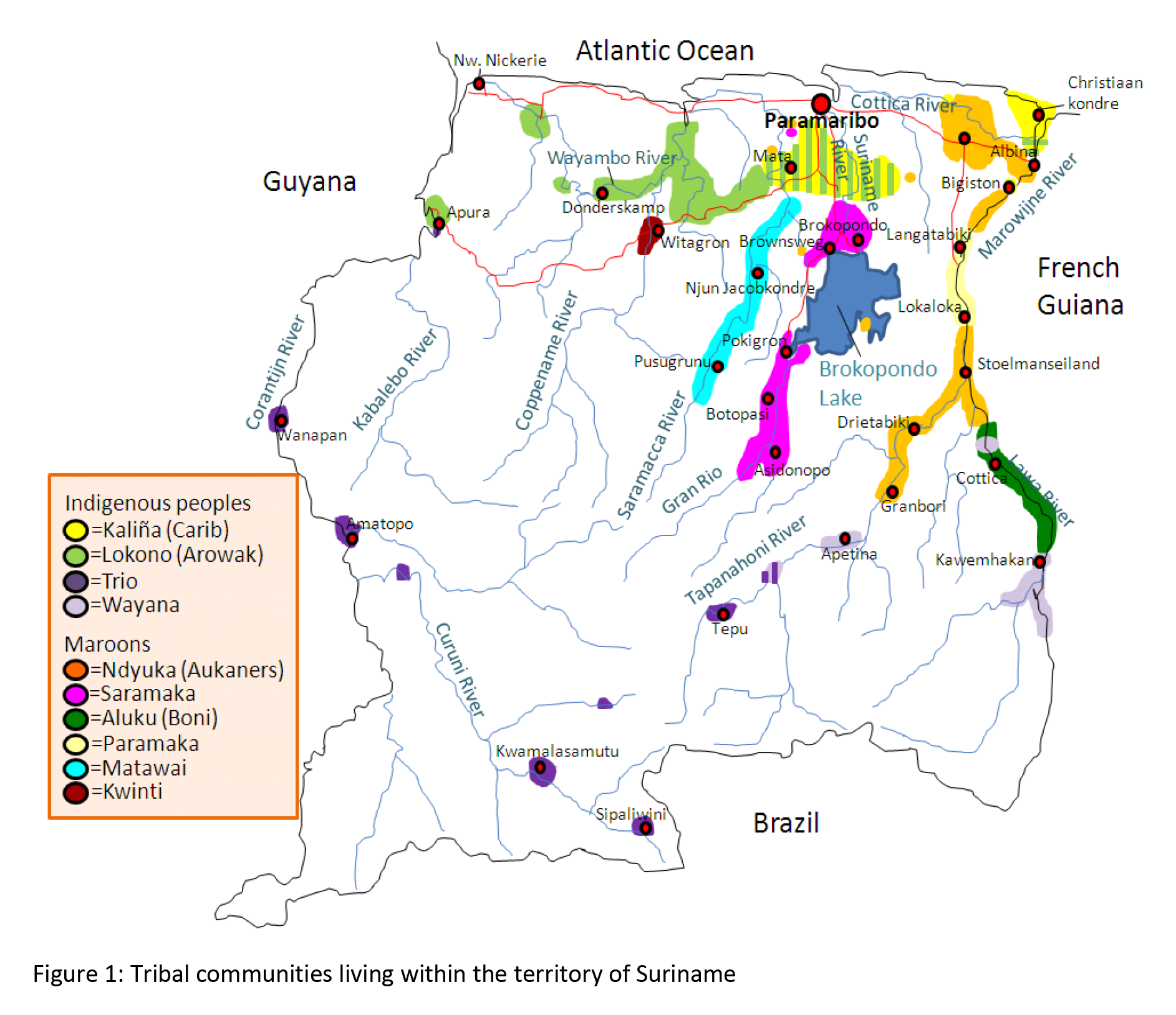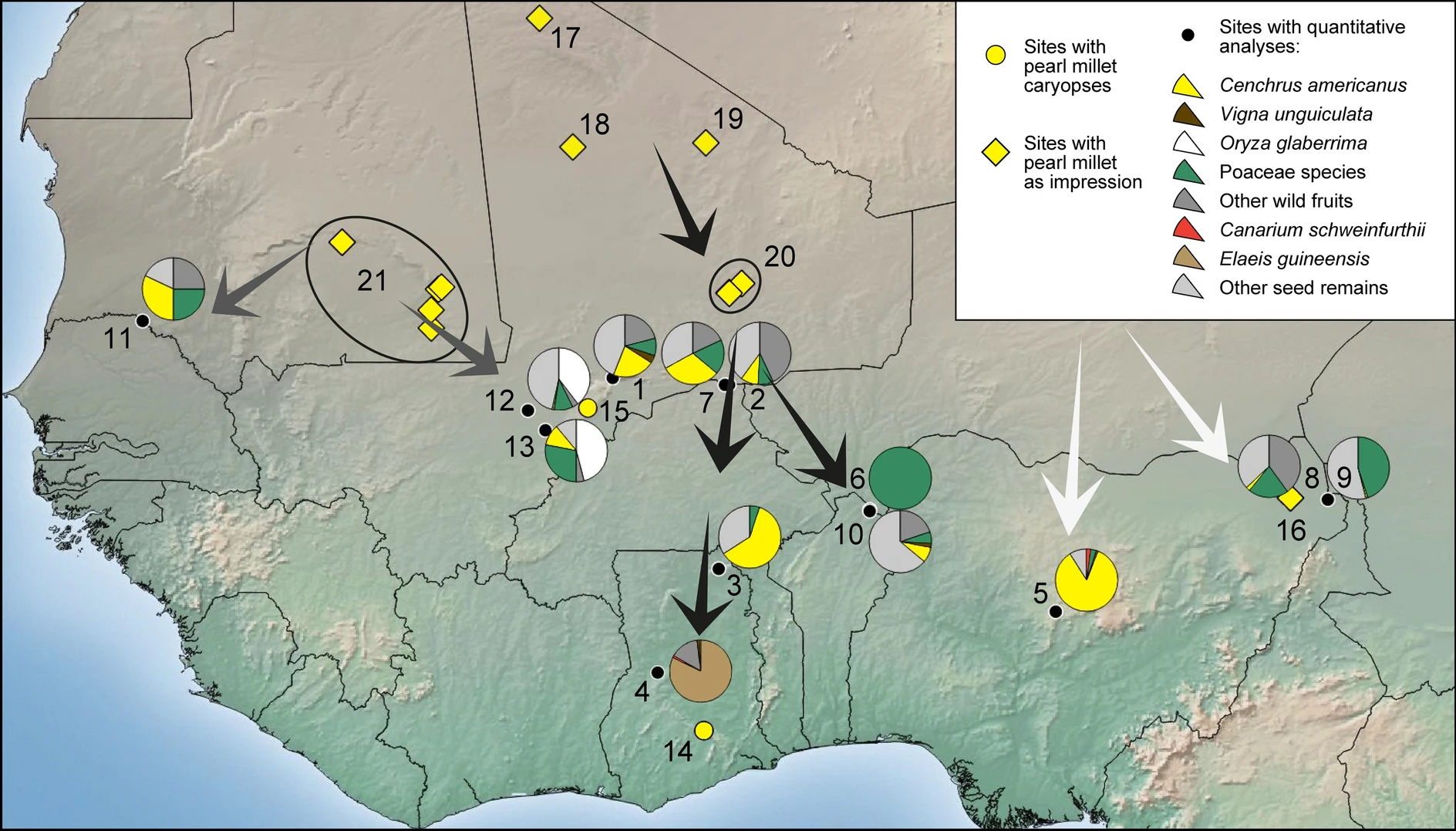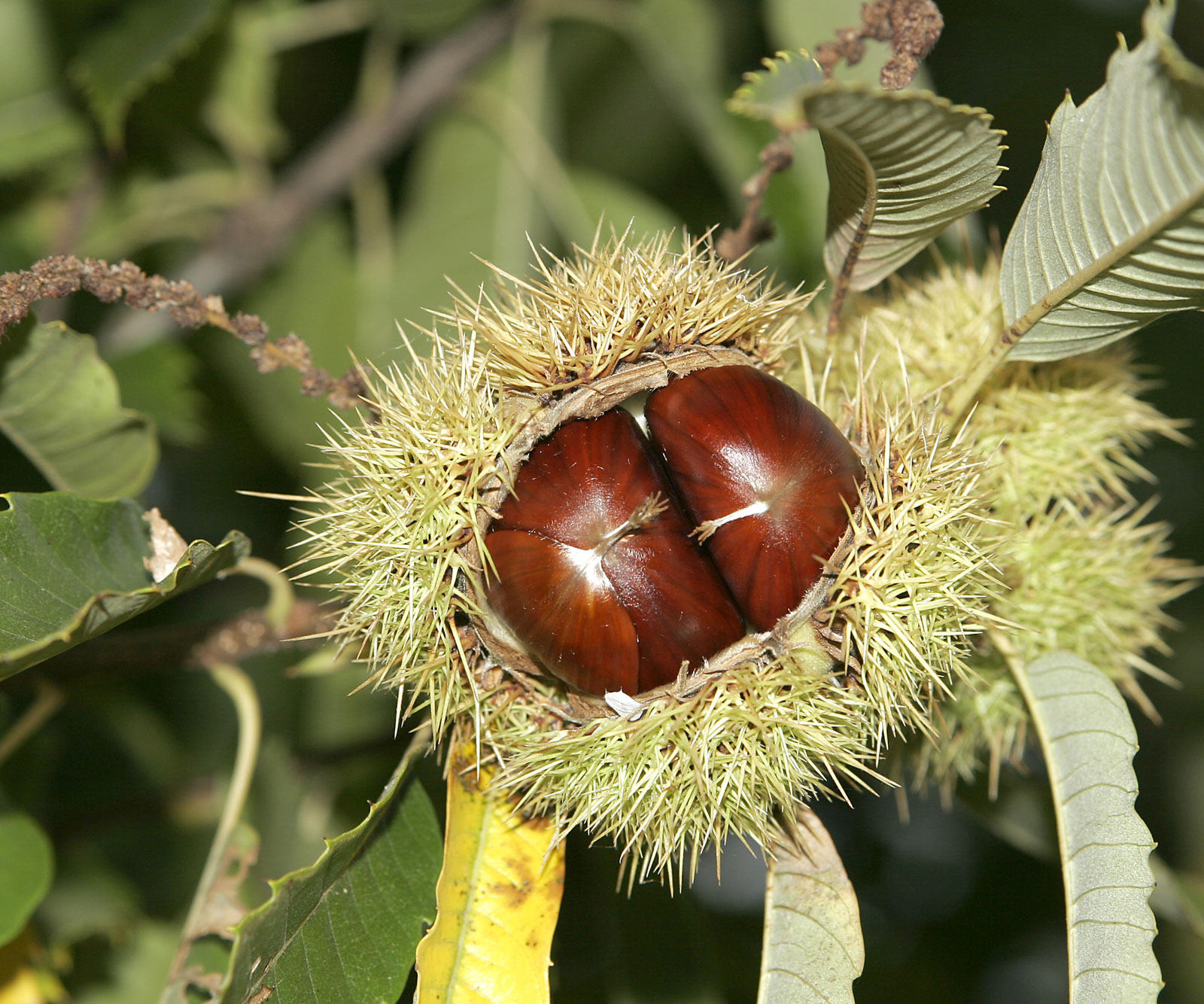|
Surinamese Maroons
Surinamese Maroons (also Marrons, Businenge or Bushinengue, meaning ''black people of the forest'') are the descendants of enslaved Africans that escaped from the plantations and settled in the inland of Suriname. The Surinamese Maroon (people), Maroon culture is one of the best-preserved pieces of cultural heritage outside of Africa. Colonial warfare, land grabs, natural disasters and migration have marked Maroon history. In Suriname six Maroon groups — or tribes — can be distinguished from each other. They themselves form a subgroup of the Afro-Surinamese. Demographics There are six major groups of Surinamese Maroons,Cf. ''Langues de Guyane'', sous la direction de Odile RENAULT-LESCURE et Laurence GOURY, Montpellier, IRD, 2009. who settled along different river banks: * Aluku, Aluku (or Boni) at the Commewijne River later Marowijne River, * Kwinti people, Kwinti at the Coppename River, * Matawai people, Matawai at the Saramacca River, * Ndyuka people, Ndyuka (or Aukan) at ... [...More Info...] [...Related Items...] OR: [Wikipedia] [Google] [Baidu] |
Saramaccan
Saramaccan () is a creole language spoken by about 58,000 people of West African descent near the Saramacca and the upper Suriname River, as well as in Paramaribo, capital of Suriname (formerly also known as Dutch Guiana). The language also has 25,000 speakers in French Guiana and 8,000 in the Netherlands. It has three main dialects. The speakers are mostly descendants of fugitive slaves who were native to West and Central Africa; they form a group called Saamacca, also spelled Saramaka. Linguists consider Saramaccan notable because its vocabulary is based on two European source languages, English (30%) and Portuguese (20%), and various West and Central African languages (50%), but it diverges considerably from all of them. The African component accounts for about 50% once ritual use is taken into account, the highest percentage in the Americas. When ritual use is excluded, 35% English-derived, 25% Portuguese-derived, with 35% derived from one or another African language. It is ... [...More Info...] [...Related Items...] OR: [Wikipedia] [Google] [Baidu] |
Coppename River
The Coppename is a river in Suriname (South America) in the district of Sipaliwini, forming part of the boundary between the districts of Coronie and Saramacca. Course The Coppename river begins in the Wilhelmina Mountains. Its tributaries are the Right Coppename (which originates on the northeast slope of the Wilhelmina range, Tafelberg, and the western parts of the Emmaketen), the Left Coppename, and the middle Coppename, which has its sources in the western and central parts of the north side of the Wilhelmina mountains and from the south east region of the Bakhuys Mountains. The three branches of the Coppename unite above the Tonckens Falls and then flows past Hebiweri Mountain. Below the Sidonkrutu-rapids it joins with the Adampada, which drains most of the eastern slope of the Bakhuys range. Below the Langa rapids, the river bends to the east and above the Raleigh Falls is joined by the Tangimama, which rises in the northern foothills of the Emmaketen. The Raleigh Fa ... [...More Info...] [...Related Items...] OR: [Wikipedia] [Google] [Baidu] |
Akan People
The Akan () people are a kwa languages, Kwa group living primarily in present-day Ghana and in parts of Ivory Coast and Togo in West Africa. The Akan speak languages within the Central Tano languages, Central Tano branch of the Potou–Tano languages, Potou–Tano subfamily of the Niger–Congo languages, Niger–Congo family.''Languages of the Akan Area: Papers in Western Kwa Linguistics and on the Linguistic Geography of the Area of Ancient''. Isaac K. Chinebuah, H. Max J. Trutenau, Linguistic Circle of Accra, Basler Afrika Bibliographien, 1976, pp. 168. Subgroups of the Akan people include: the Adansi, Agona, Akuapem people, Akuapem, Akwamu, Akyem, Anyi people, Anyi, Ashanti people, Asante, Baoulé people, Baoulé, Bono people, Bono, Chakosi people, Chakosi, Fante people, Fante, Kwahu, Sefwi people, Sefwi, Wassa, Ahanta people, Ahanta, Denkyira and Nzema people, Nzema, among others. The Akan subgroups all have cultural attributes in common; most notably the tracing of royal m ... [...More Info...] [...Related Items...] OR: [Wikipedia] [Google] [Baidu] |
Syncretization
Syncretism () is the practice of combining different beliefs and various schools of thought. Syncretism involves the merging or assimilation of several originally discrete traditions, especially in the theology and mythology of religion, thus asserting an underlying unity and allowing for an inclusive approach to other faiths. While syncretism in art and culture is sometimes likened to eclecticism, in the realm of religion, it specifically denotes a more integrated merging of beliefs into a unified system, distinct from eclecticism, which implies a selective adoption of elements from different traditions without necessarily blending them into a new, cohesive belief system. Etymology The English word is first attested in the early 17th century. It is from Modern Latin , drawing on the (), supposedly meaning "Cretan federation". However, this is a spurious etymology derived from the naive idea in Plutarch's 1st-century AD essay on "Fraternal Love (Peri Philadelphias)" in hi ... [...More Info...] [...Related Items...] OR: [Wikipedia] [Google] [Baidu] |
Maroon Women With Washing Suriname River 1955
Maroon ( , ) is a brownish crimson color that takes its name from the French word , meaning chestnut. ''Marron'' is also one of the French translations for "brown". Terms describing interchangeable shades, with overlapping RGB ranges, include burgundy, claret, mulberry, and crimson. Different dictionaries define maroon differently. The ''Cambridge English Dictionary'' defines maroon as a dark reddish-purple color while its "American Dictionary" section defines maroon as dark brown-red. Lexico online dictionary defines maroon as a brownish-red. Similarly, Dictionary.com defines maroon as a dark brownish-red. The ''Shorter Oxford English Dictionary'' describes maroon as "a brownish-crimson or claret colour," while the Merriam-Webster online dictionary simply defines it as a dark red. In the sRGB color model for additive color representation, the web color called maroon is created by turning down the brightness of pure red to about one half. It is also noted that maroon is th ... [...More Info...] [...Related Items...] OR: [Wikipedia] [Google] [Baidu] |
African Languages
The number of languages natively spoken in Africa is variously estimated (depending on the delineation of language vs. dialect) at between 1,250 and 2,100, and by some counts at over 3,000. Nigeria alone has over 500 languages (according to SIL Ethnologue), one of the greatest concentrations of linguistic diversity in the world. The languages of Africa belong to many distinct language families, among which the largest are: * Niger–Congo, which include the large Atlantic-Congo and Bantu branches in West, Central, Southeast and Southern Africa. *Afroasiatic languages are spread throughout Western Asia, North Africa, the Horn of Africa and parts of the Sahel. * Saharan, Nilotic and Central Sudanic languages (previously grouped under the hypothetical Nilo-Saharan macro-family), are present in East Africa and Sahel. *Austronesian languages are spoken in Madagascar and parts of the Comoros. * Khoe–Kwadi languages are spoken mostly in Namibia and Botswana. *Indo-European ... [...More Info...] [...Related Items...] OR: [Wikipedia] [Google] [Baidu] |
Portuguese Language
Portuguese ( or ) is a Western Romance language of the Indo-European language family originating from the Iberian Peninsula of Europe. It is the official language of Angola, Brazil, Cape Verde, Guinea-Bissau, Mozambique, Portugal and São Tomé and Príncipe, and has co-official language status in East Timor, Equatorial Guinea and Macau. Portuguese-speaking people or nations are known as Lusophone (). As the result of expansion during colonial times, a cultural presence of Portuguese speakers is also found around the world. Portuguese is part of the Iberian Romance languages, Ibero-Romance group that evolved from several dialects of Vulgar Latin in the medieval Kingdom of Galicia and the County of Portugal, and has kept some Gallaecian language, Celtic phonology. With approximately 250 million native speakers and 17 million second language speakers, Portuguese has approximately 267 million total speakers. It is usually listed as the List of languages by number of native speaker ... [...More Info...] [...Related Items...] OR: [Wikipedia] [Google] [Baidu] |
English Language
English is a West Germanic language that developed in early medieval England and has since become a English as a lingua franca, global lingua franca. The namesake of the language is the Angles (tribe), Angles, one of the Germanic peoples that Anglo-Saxon settlement of Britain, migrated to Britain after its End of Roman rule in Britain, Roman occupiers left. English is the list of languages by total number of speakers, most spoken language in the world, primarily due to the global influences of the former British Empire (succeeded by the Commonwealth of Nations) and the United States. English is the list of languages by number of native speakers, third-most spoken native language, after Mandarin Chinese and Spanish language, Spanish; it is also the most widely learned second language in the world, with more second-language speakers than native speakers. English is either the official language or one of the official languages in list of countries and territories where English ... [...More Info...] [...Related Items...] OR: [Wikipedia] [Google] [Baidu] |
Suriname River
The Suriname River ( Dutch: ''Surinamerivier'') is long and flows through the country of Suriname. Its sources are located in the Guiana Highlands on the border between the Wilhelmina Mountains and the Eilerts de Haan Mountains (where it is known as the Gran Rio). The source of the Upper Suriname River is at the confluence of the Gran Rio and Pikin Rio near the village of Goddo. The river continues shortly after the reservoir along Brokopondo as the Lower Suriname River. Than it flows Berg en Dal, the migrant communities Klaaskreek and Nieuw-Lombé, Jodensavanne, Carolina, Ornamibo and Domburg, before reaching the capital Paramaribo on the left bank and Meerzorg on the right bank. At Nieuw-Amsterdam it is joined by the Commewijne and immediately thereafter at the sandspit Braamspunt it flows into the Atlantic Ocean. The river has several sets of rapids as well as a few dams, the largest of which is the Afobaka Dam. The river's flow is interrupted by the Brokopondo ... [...More Info...] [...Related Items...] OR: [Wikipedia] [Google] [Baidu] |
Saramaka
The Saramaka, Saamaka or Saramacca are one of six Maroon (people), Maroon peoples (formerly called "Bush Negroes") in the Republic of Suriname and one of the Maroon peoples in French Guiana. In 2007, the Saramaka won a ruling by the Inter-American Court of Human Rights, Inter-American Court for Human Rights supporting their land rights in Suriname for lands they have historically occupied, over national government claims. It was a landmark decision for Maroon and Indigenous peoples in the world. They have received compensation for damages and control this fund for their own development goals. The word "Maroon" comes from the Spanish ''cimarrón'', which was derived from an Arawakan languages, Arawakan root. Since 1990 especially, some of the Saramaka have migrated to French Guiana due to a Surinamese Interior War, civil war in Suriname. By the early 16th century, the term "maroon" (''cimarron'') was used throughout the Americas to designate slaves who had escaped from slavery an ... [...More Info...] [...Related Items...] OR: [Wikipedia] [Google] [Baidu] |
Paramaccan People
The Paramaccan or Paramaka (French language, French: Pamak) are a Maroon people, Maroon tribe living in the forested interior of Suriname, mainly in the Paramacca resort, and the western border area of French Guiana. The Paramaccan signed a peace treaty in 1872 granting the tribe autonomy. Overview The administrative centre for the tribe is located in Snesiekondre, but the main village of the resort is Langatabiki which is also the residence of the (paramount chief) of the Paramaccan people. The tribe controls 13 villages in Suriname, and the village of Providence, French Guiana, Providence in neighbouring French Guiana. The total population in 2014 was estimated at 11,000 people with 4,300 people living in the tribal areas in Suriname, and 1,000 living in the interior of French Guiana. History The Paramaccans were runaway slaves from the Handtros or Entros plantation who fled around 1830. In 1856, the August Kappler reported that the tribe had established villages near the Par ... [...More Info...] [...Related Items...] OR: [Wikipedia] [Google] [Baidu] |





